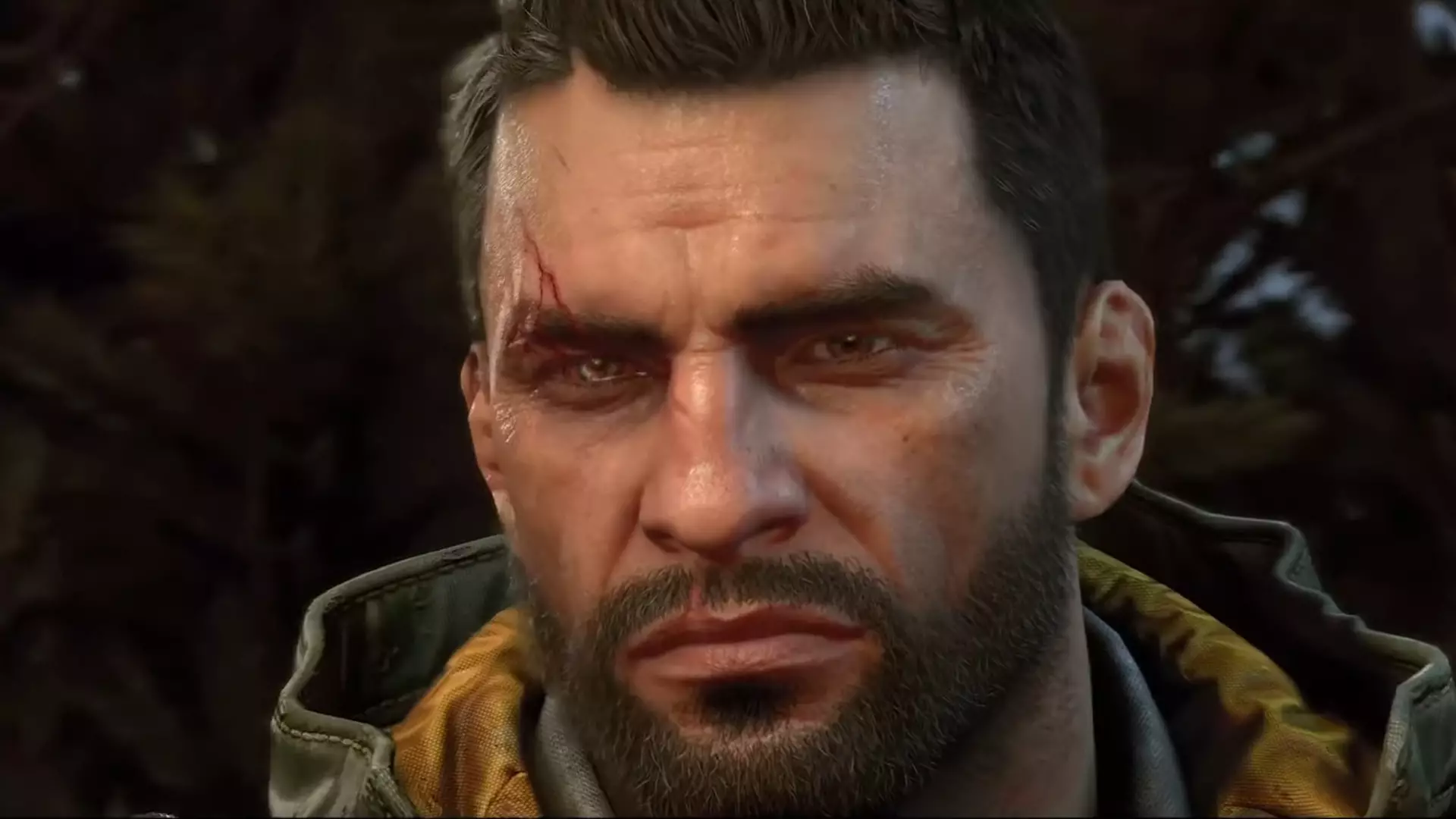When it comes to open-world gaming, the size of the map isn’t always the most critical element to consider. Techland’s upcoming Dying Light: The Beast is set to challenge the notion that bigger is better. The franchise director, Tymon Smektala, emphasizes the importance of a hand-crafted experience, suggesting that immersive gameplay does not necessarily correlate with vastness. Instead, it’s about creating an environment that feels rich, alive, and full of opportunities for player engagement.
Massive open-world games often run the risk of becoming empty. Players may find themselves traversing expansive landscapes filled with little more than barren terrain and intermittent hubs of activity. Techland’s approach redefines that paradigm, focusing instead on a world that constantly demands attention and interaction from the player. With carefully designed spaces that encourage exploration and engagement, Dying Light: The Beast aims to create a more cohesive experience.
Dynamic Engagement in a Dense Environment
As Smektala points out, one of the significant elements of Dying Light’s immersive gameplay is the constant sense of danger provided by its zombie-infested world. The threat of encountering enemies—whether that’s a lone stalking zombie or a horde ready to stampede—ensures that players are perpetually alert. This relentless tension offers a distinct intensity that many larger games lack, allowing for a deeper emotional connection to the environment.
The idea of density over size is intriguing. In a world where you are perpetually engaged, every corner offers the potential for unexpected encounters and thrilling gameplay moments. Smektala’s assertion that Dying Light is arguably one of the densest open-world games currently available is a compelling argument for the project’s design philosophy. Players are encouraged to be continuously active, leading to shorter but more potent bursts of gameplay that celebrate the visceral mechanics of melee combat.
Aiming to Learn and Evolve
Techland acknowledges some of the missteps from Dying Light 2, striving to recapture the magic that made the original game a standout in the zombie survival genre. It’s apparent that the development team has taken thoughtful steps towards improving gameplay mechanics, level design, and world interactions to enhance the overall player experience. What remains to be seen is whether these adjustments are enough to resonate with both longtime fans and newcomers.
The anticipation around Dying Light: The Beast captures a sense of innovation crafted from experience. By focusing on creating a tightly-knit environment that offers numerous ways to engage with the world, Techland is not merely relying on the allure of its franchise but actively reshaping its offerings. There’s immense potential in their approach, setting the stage for a game that could redefine what makes an open-world environment truly engaging.
With the lessons learned from past installments, there’s profound optimism surrounding the future of the Dying Light series. In an industry dominated by expansive, sprawling ventures, the commitment to a hand-crafted, vibrant ecosystem may just be the breath of fresh air needed to invigorate the genre.

